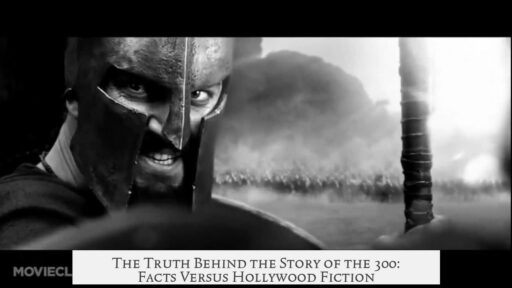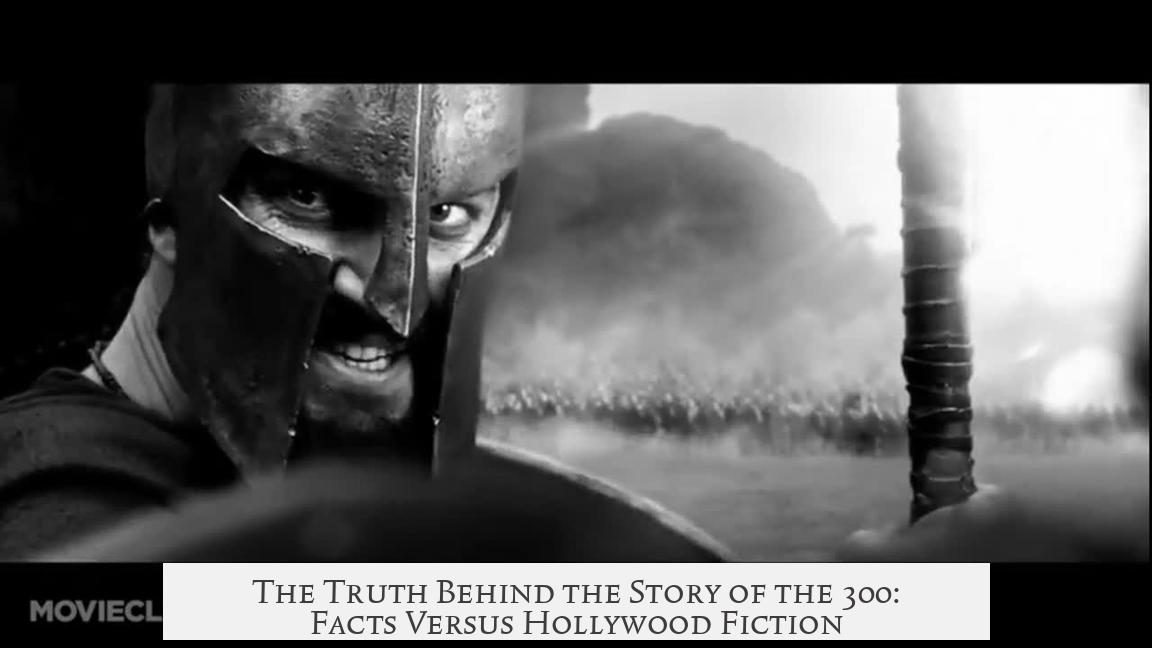The story of the 300 Spartans at the Battle of Thermopylae is only partially accurate and includes many embellishments. The popular account—especially as portrayed in films and comics—exaggerates numbers, armor, and events for dramatic effect. The 300 Spartans were indeed a key force, but they were accompanied by several thousand other Greek soldiers, forming a force between 7,000 and 8,000 men.
The battle took place at Thermopylae, a narrow mountain pass where the Greeks chose to make a stand. The terrain limited the effectiveness of the much larger Persian army, estimated at around 180,000, although this number is debated among historians.
Leonidas and his 300 Spartans fought bravely but were eventually outflanked. Some Greek troops retreated, but the Spartans remained behind to delay the Persians, leading to Leonidas’ death early during the battle. The famous last stand captured the essence of Spartan discipline and courage but does not fully represent the collective Greek effort.
The Spartans positioned themselves near cliffs by the sea, a strategic location providing some natural protection against Persian arrows and cavalry. This geography played a vital role in leveling the battlefield despite overwhelming Persian numbers.
Many historical sources, including the detailed examination in Dan Carlin’s podcast series “King of Kings,” emphasize the mythologizing surrounding the event. Listeners and readers seeking a more nuanced understanding should also consult “Gates of Fire” by Steven Pressfield, a notable historical fiction novel that explores the complexities of the conflict.
In summary, the traditional narrative glorifies Spartan heroism but oversimplifies the broader coalition of Greek forces and the tactical situation.
- The 300 Spartans were part of a larger allied Greek force of over 7,000 men.
- The Persian army likely numbered far more than the Spartans, possibly around 180,000.
- Leonidas died during the battle’s early phases while holding the pass.
- The battle site’s geography heavily influenced the course of the fight.
- Popular media greatly embellishes armor, tactics, and numbers.
- Podcasts and historical fiction offer deeper perspectives on the event.
How Accurate Is the Story of the 300? Unpacking Fact From Hollywood Fiction
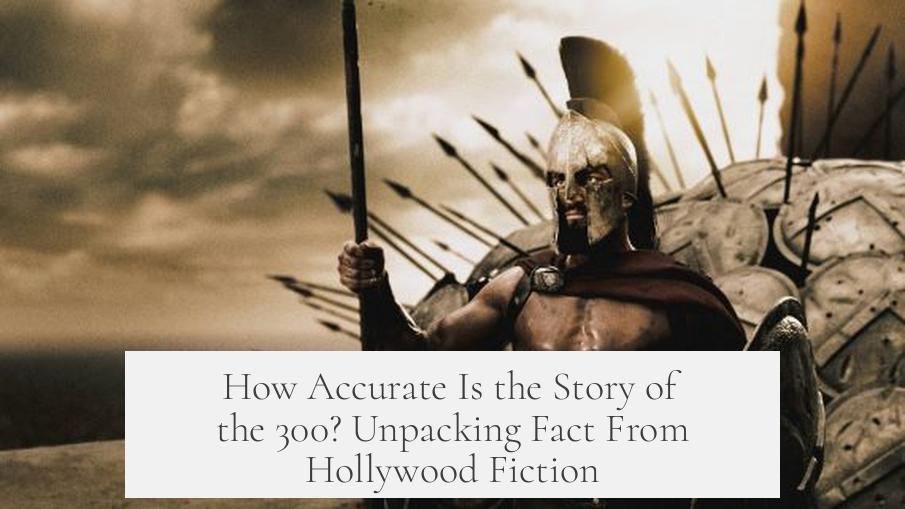
The story of the 300 Spartans who fought at Thermopylae is a mix of truth, myth, and Hollywood sparkle. That gung-ho legend of a small band of Spartans standing against a massive Persian army has captured imaginations worldwide. But how much of it stands up to historical scrutiny? Spoiler: The truth is way more interesting and complicated than the movie makes it seem.
So, let’s put on our historian hats and dissect this epic tale. Ready to find out what really happened at the “Hot Gates” — without the glowing abs and dramatic slow-motion sword fights?
The Real Cast: Not Just 300 Spartans
The iconic “300” number isn’t wrong but it’s a slice of the bigger picture. The Spartans, famously fierce, were part of a much larger Greek force, estimated between 7,000 and 8,000 men. That’s right, thousands of soldiers joined these 300 elite warriors at Thermopylae.
That includes contingents from other Greek city-states, not just Sparta. These allies get little screen time in the film but were critical on the battlefield, staying with the Spartans in a coalition effort to hold off the Persian army.
Speaking of Persians, the numbers there also spark debate. Ancient sources like Herodotus suggest an attacking force anywhere from 100,000 to a staggering 180,000 troops. Modern historians find these numbers exaggerated for dramatic impact but agree the Persian army vastly outnumbered the Greeks.
The Setting: Tactical Genius or Just a Rocky Spot?
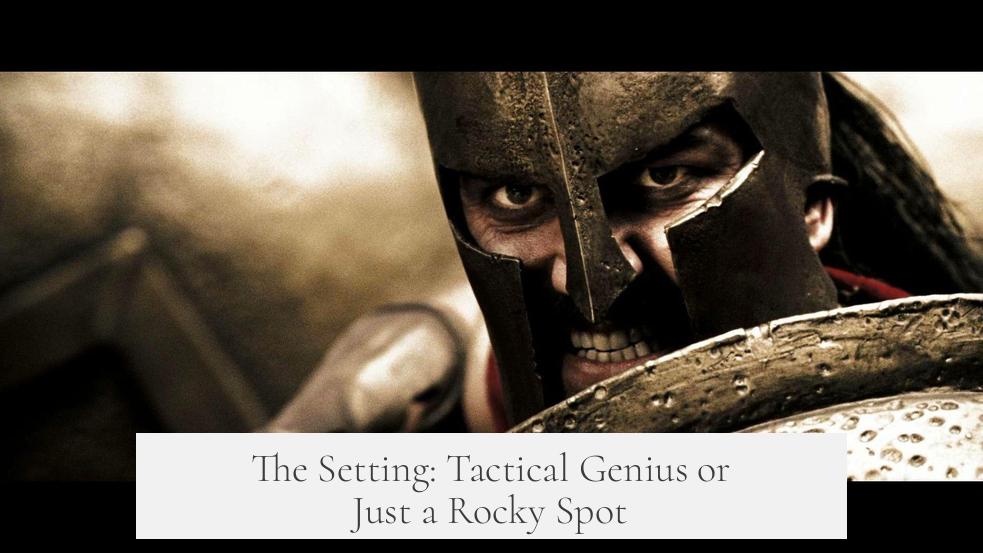
Thermopylae was not chosen haphazardly. It was a strategically brilliant choice, a narrow mountain pass with the sea on one side and steep cliffs on the other. This funnel-shaped “choke point” neutralized the Persian army’s advantage in numbers and cavalry.
The Spartans and their allies basically camped with their backs against a cliff and the sea so the Persians had no easy way to surround them. Brainy stuff!
One overlooked tactical detail is how the mountain and cliffs may have shielded the Greeks from the heavy Persian arrow volleys, especially when the wind was blowing in the Persians’ faces. It was nature giving the Spartans an assist.
Death and Drama: The True Fate of Leonidas and His Band
Leonidas, the Spartan king leading the stand, did indeed die, but the timeline of his demise is a bit different from the movie drama. Historical accounts suggest he fell on the first day or during the battle’s initial stages. The Spartans didn’t fight to the last man uninterrupted, either.
Eventually, the Persians discovered a mountain path—local traitor Ephialtes showed them—the flanked the Greeks. Most of the Greek coalition retreated, but Leonidas and his 300 Spartans, along with about 700 others, stayed behind, fighting to their death. It was a last stand, not a solo Spartan party of 300.
Truth Versus Hollywood: What Did the Movie Get Wrong?
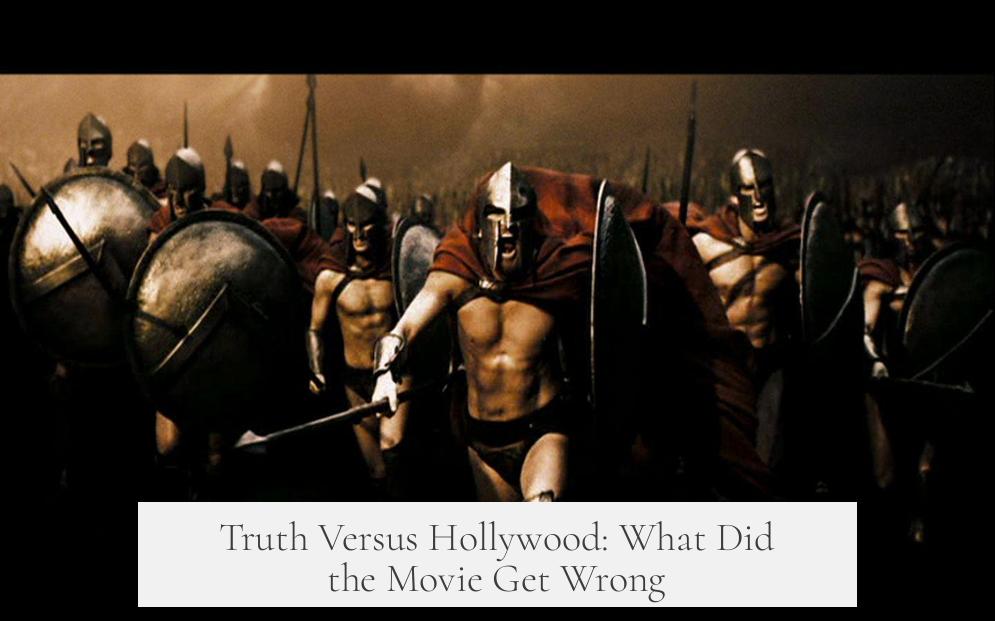
The popular movie *300* is based on a graphic novel, which itself took creative liberties for dramatic and graphic effect. The armor, for instance, is far from historically accurate. Those skimpy leather skirts and shirtless warriors? Not exactly battle-ready Spartan garb.
The Persian army’s portrayal as monstrous hordes and their king Xerxes as a flamboyantly adorned giant also strays from historical depictions. Plus, the movie’s supernatural embellishments—giant beasts, otherworldly powers—are pure fantasy.
If you loved the movie for entertainment, that’s great! Just remember it’s closer to myth-making than a history lesson.
Resources That Give You the Real Deal
If you want to dig deeper beyond the Hollywood hype, here are some solid resources:
- Battle of Thermopylae Wikipedia – A thorough and balanced overview of the battle’s history.
- Informative YouTube videos break down the battle and its context with visuals.
- Dan Carlin’s “Hardcore History” podcast – The “King of Kings” series (parts 1-3) totals nearly 13 hours and offers in-depth storytelling and analysis.
- Gates of Fire by Steven Pressfield – A gripping historical fiction novel that immerses readers in the Spartan mindset and the brutal reality of the battle.
Diving into these will give you a clearer and richer picture of great history versus Hollywood spectacle.
Why Should We Care About the Real Story?
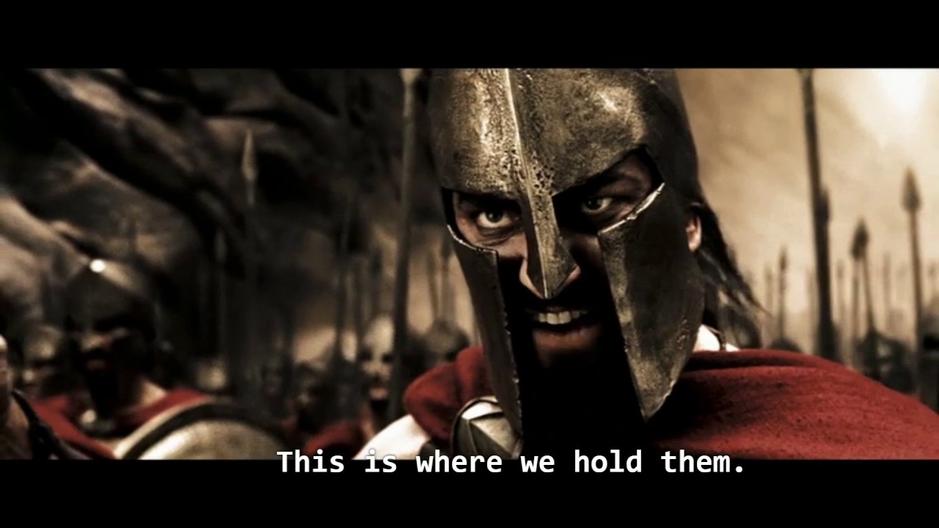
Beyond epic battle scenes, understanding the true story sheds light on Spartan culture, Greek unity, and Persian imperial ambitions at that time. It shows the power of human courage and tactical cunning in the face of overwhelming odds.
Also, contrasting fact and fiction helps us appreciate how myths evolve and why they endure. The 300 Spartans stand for ideals like bravery, sacrifice, and resistance. Those messages resonate regardless of slight historical inaccuracies.
So, How Accurate Is the Story of the 300?
In a nutshell: The core story—that a small band of Spartans and their Greek allies made a heroic last stand at Thermopylae—is true. But the dramatic numbers, costumes, and supernatural elements are Hollywood flourishes.
The Spartans were not alone; the fight involved thousands of brave Greeks. Leonidas did perish early on, and the battle was strategically sound. But think of the 300 as a symbol rather than a snapshot of exact history.
Isn’t it more fascinating that the real story is richer than any movie? Have you ever wondered how many other legendary tales have hidden truths behind their scenes?
If you want to savor the blend of myth and history, give those detailed resources a shot. You’ll come away with epic stories that stick with you—without sweaty, shirtless Spartans running around.
